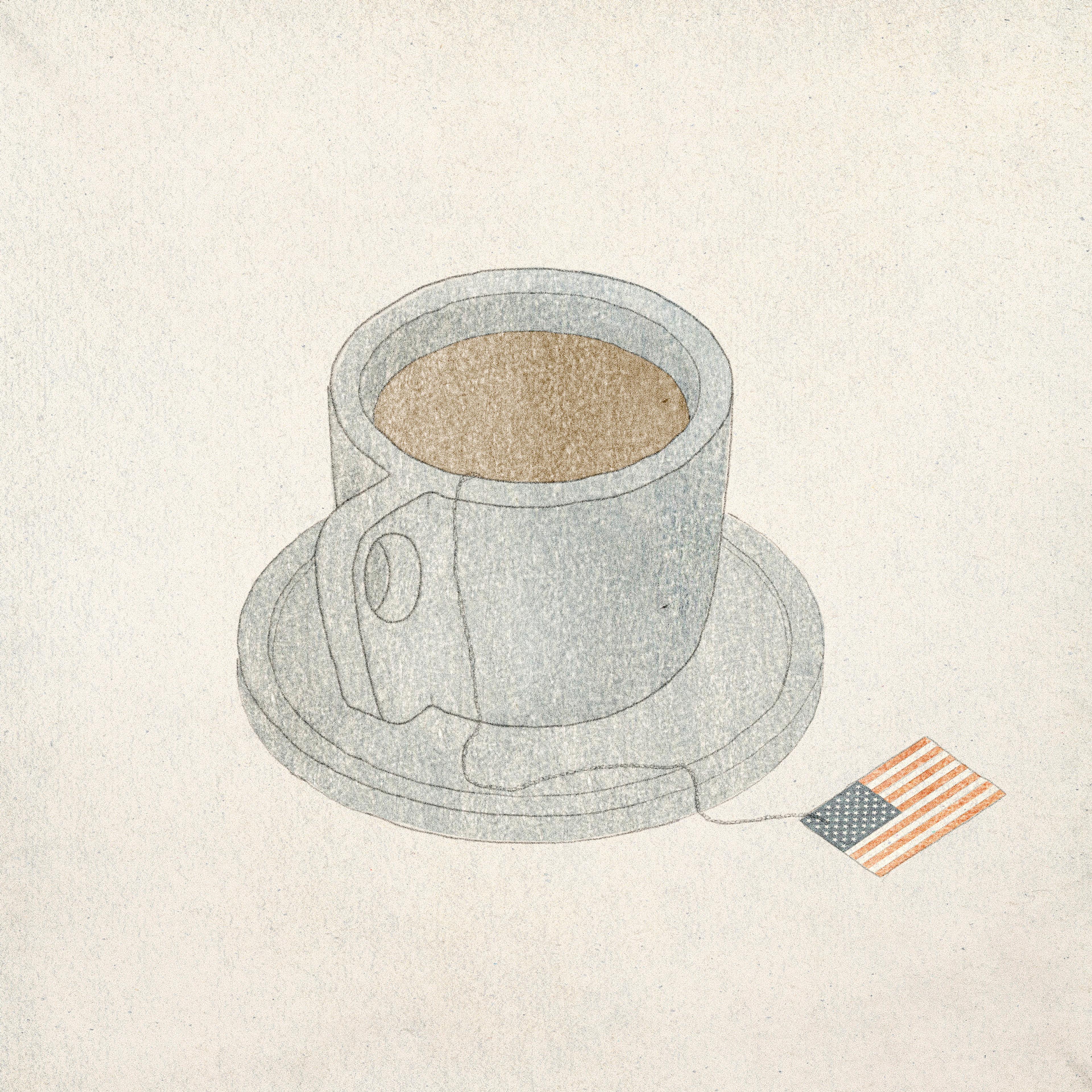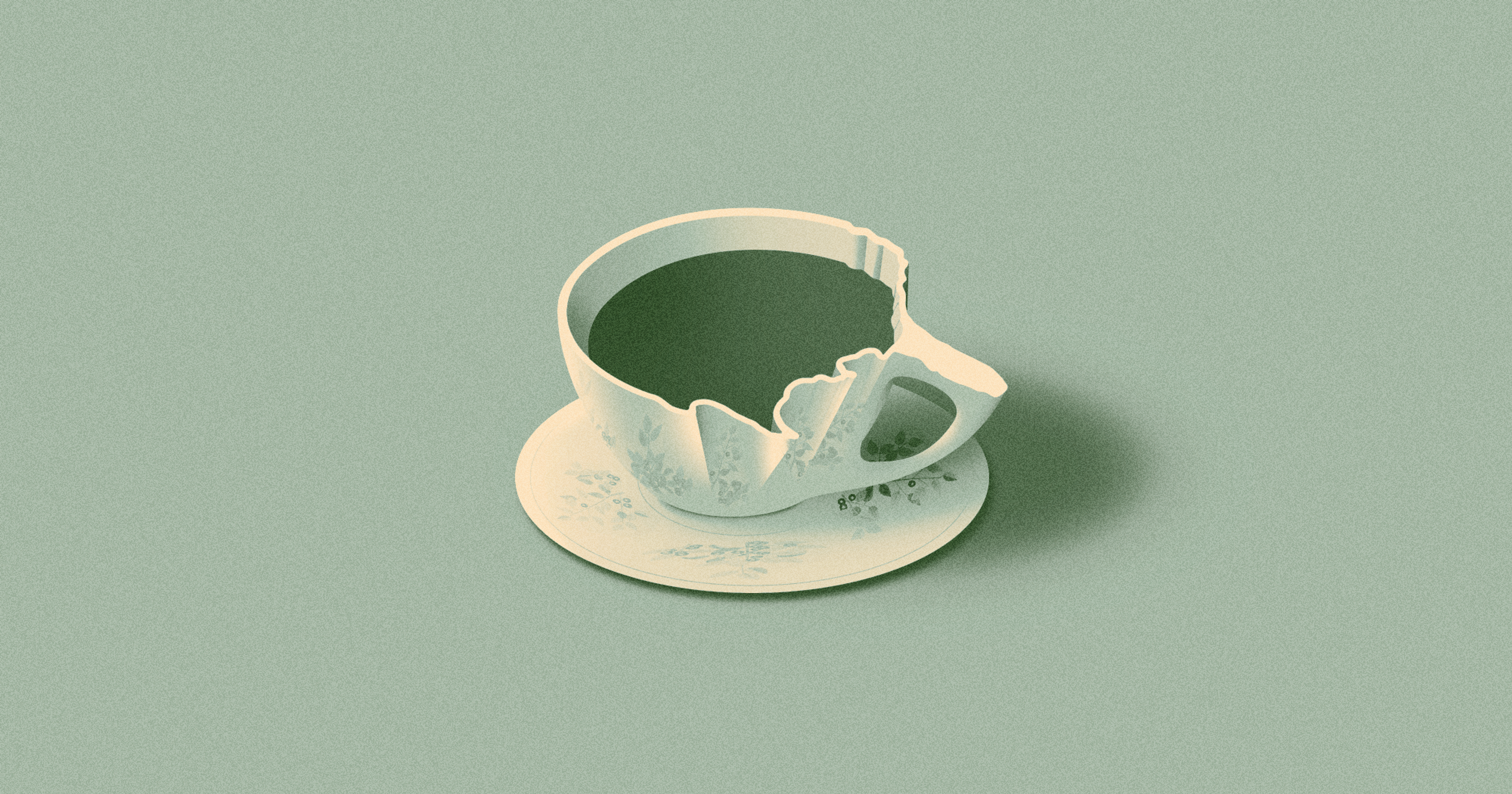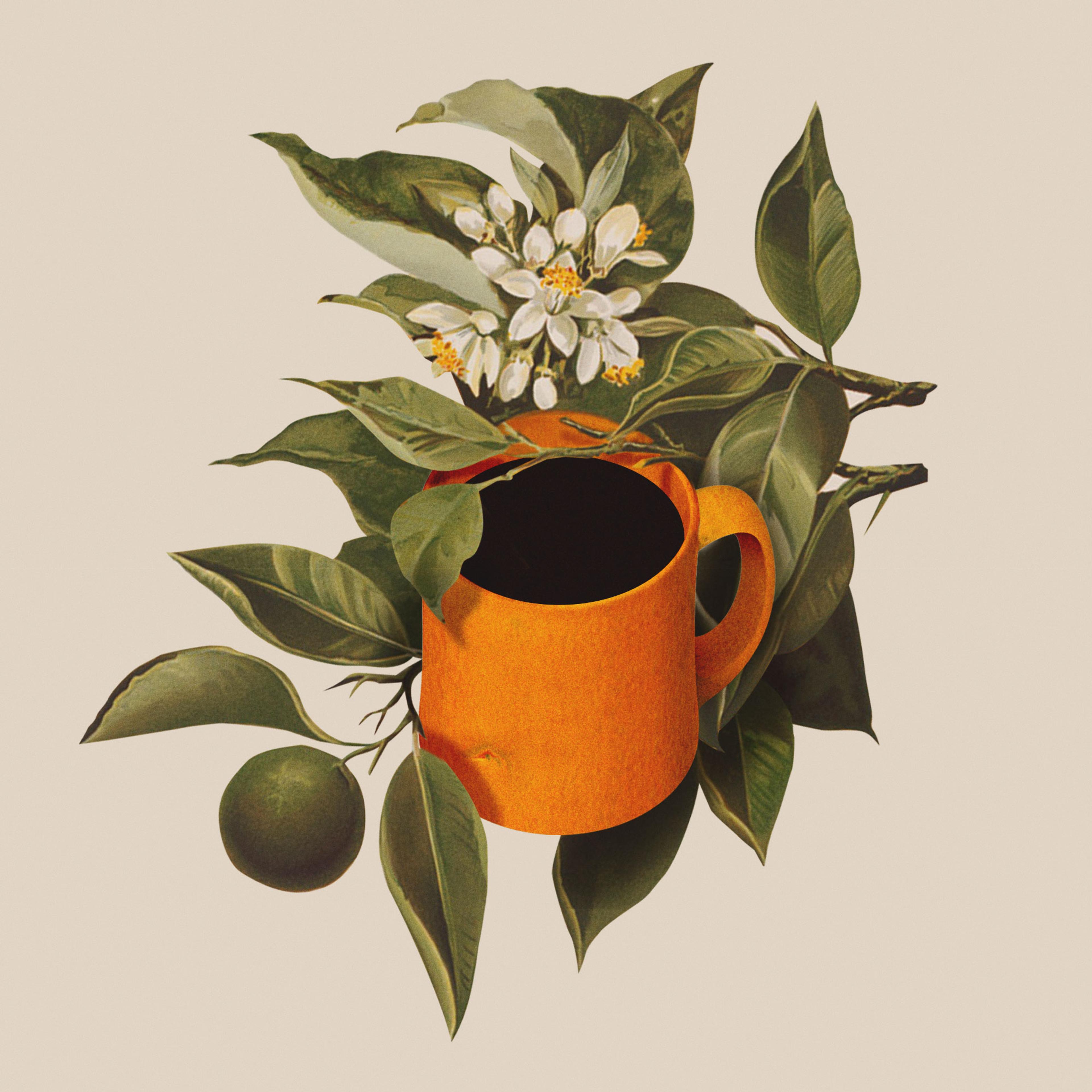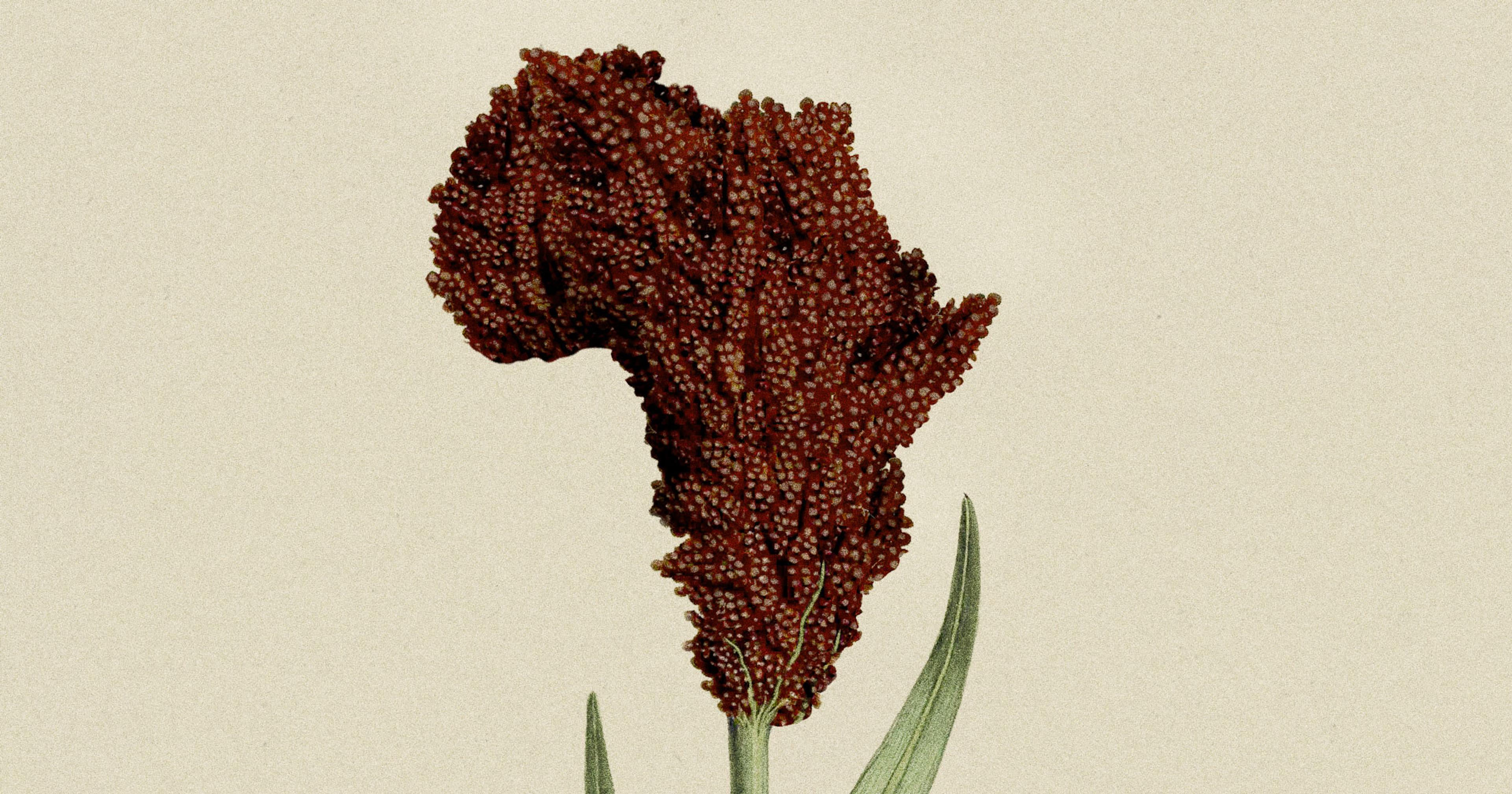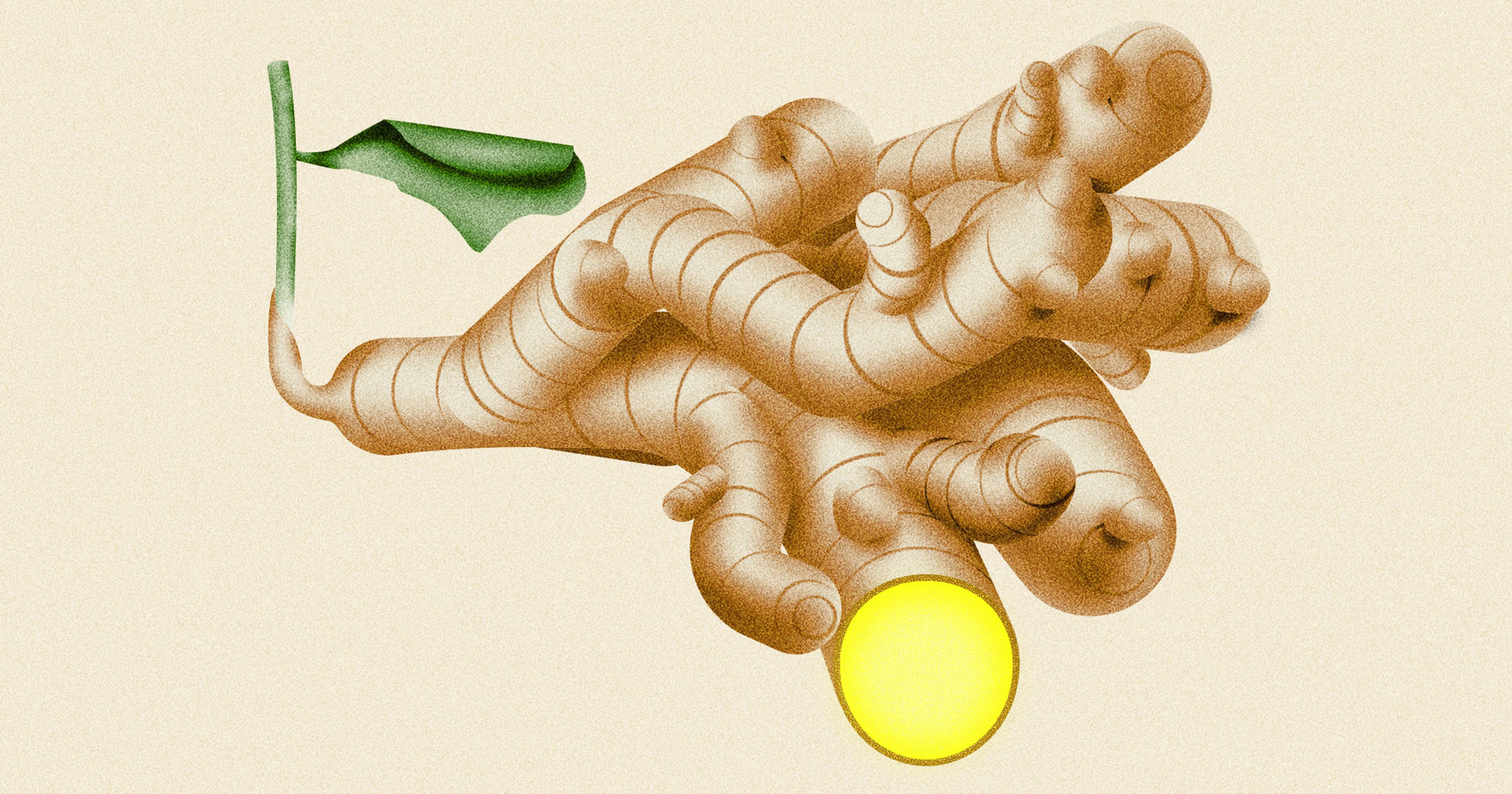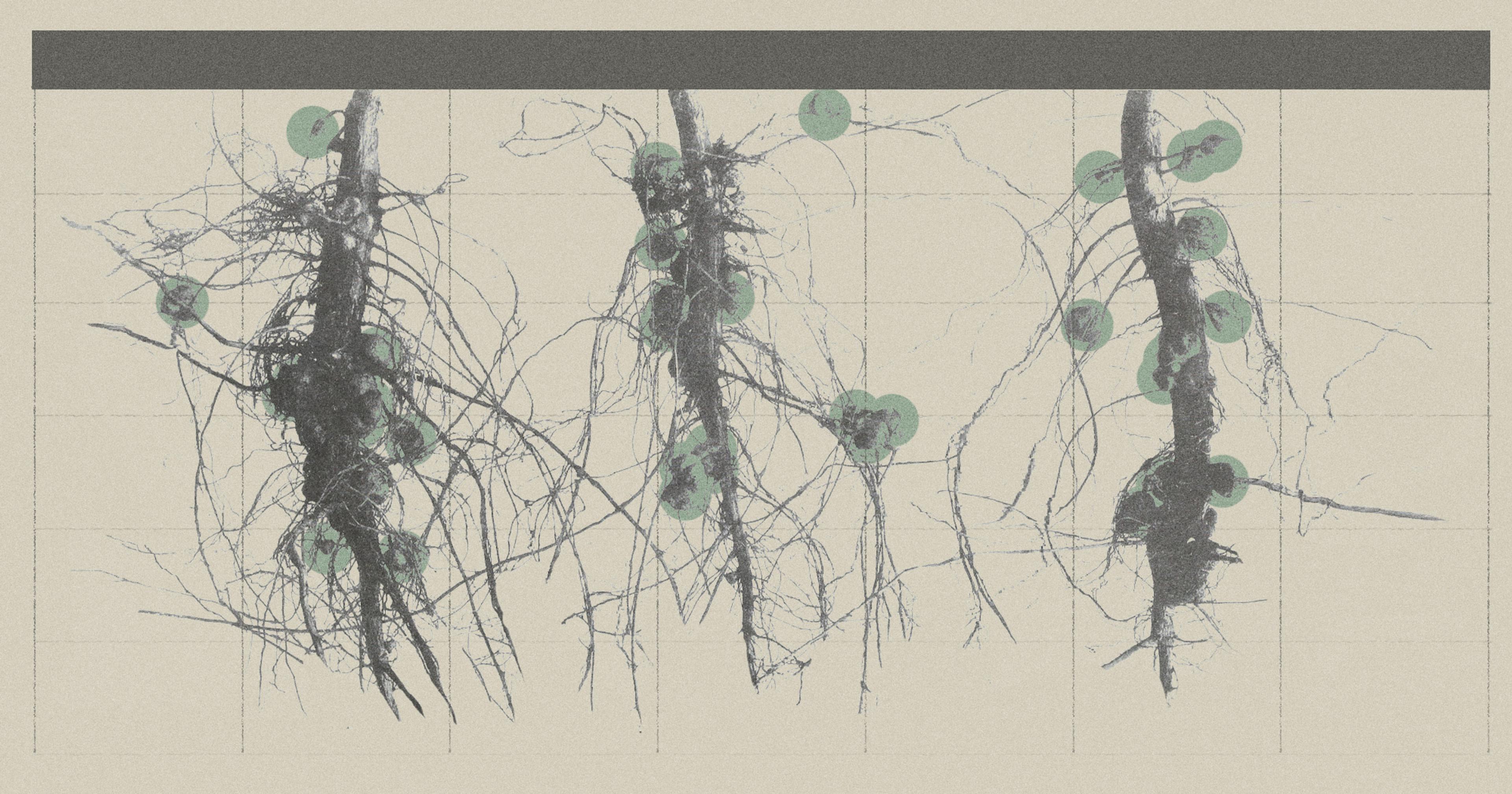Tea production has never had a stronghold in the U.S. — but demand for tea is rising, and climate change has handicapped foreign producers. Now, domestic growers may finally get their shot.
Late one night on a trip with his parents to Kansas City, six-year-old Tony Troia encountered a couple of strange satchels lying on the hotel kitchenette counter. Confused, he asked his mom what he’d found. It’s tea, she replied. “‘You put it in hot water and drink it.’”
So he did.
The next thing Troia knew, he had taken every chair in the suite and lined them up like a playground obstacle course, clambering over backs and under legs with inexhaustible energy. “I remember distinctly being like, ‘Tea is crazy!’” he said with a manic grin. “I’ve just been chasing the dragon ever since.”
The wiry, bushily bearded Troia still exudes a caffeinated aura as he presents a cup to Offrange. He pursued his childhood feeling all the way from his Nebraska hometown to North Carolina, where he eventually found a way to get high on his own supply. On an acre of forested southwest-facing slope outside Asheville, he and business partner Amelia Stuetzel have been growing, harvesting, and processing Camellia sinensis as Red Sun Tea since 2022.
The result is delightful — a vibrant, reddish-brown brew with deeply toasty robustness. And it fetches a premium price: $16 per ounce, compared with about $1.25-$3 per ounce for most grocery store blends.
In the broad scope of the agricultural economy, however, Red Sun and the handful of other American growers who have taken up tea are curious outliers. The U.S. imported over $550 million of tea in 2024, according to the U.S. Department of Agriculture’s Foreign Agricultural Service; USDA doesn’t even bother to track domestic tea production. (Troia said he raises about 25 pounds per year, with plans to eventually reach 125 pounds.)
As its scientific name suggests, tea originated in southeastern China, and the vast majority of tea production takes place in tropical or subtropical regions such as Sri Lanka and Kenya. Although Americans have experimented with the crop since colonial days, particularly in the Southeast, concerns over climate and labor costs kept it from finding a foothold. The only substantial U.S. tea farm is the 127-acre Charleston Tea Garden in South Carolina, the remnant of a failed experiment by the Lipton Tea Company.
Yet American consumer interest in tea continues to grow: consulting firm Grand View Research projects the U.S. market to increase by 6.2% annually through 2030, outpacing coffee. Roughly 86% of that is black tea and 75 to 80% is served iced, according to the Tea Association of the U.S.A., but hot tea is becoming more popular, particularly among millennials and health-conscious consumers. And while traditional tea-growing areas around the globe face increasingly hostile weather due to climate change, some researchers are now revisiting domestic possibilities for the crop.
A domestic tea industry might end up looking closest to that of Japan.
There’s been particular momentum in Troia’s own North Carolina. He sourced his plants from the Camellia Forest Nursery in Chapel Hill, which, over the past few decades, has become the country’s premier provider of tea starts. And earlier this year, the state’s agriculture department awarded over $218,000 to scientists with North Carolina State University working on tea.
The academic research follows two main tracks. The first, immodestly titled “Carolina Super Teas,” aims to breed plants suitable for the American South. With the right varieties in hand, farmers and gardeners could diversify their crops, develop specialty markets, and lay the groundwork to scale domestic production in the event of disrupted imports.
Tom Ranney, a professor of horticultural science at NCSU, said the key trait that needs improvement is cold tolerance. Many commercial tea cultivars, he explained, start dying off around 15 degrees Fahrenheit, but parts of the North Carolina mountains where he’s based have hit 0 degrees for five years in a row.
To that end, Ranney’s research specialist John Nix has been casting a wide net for existing Camellia varieties with potential to tough out the cold. He’s sourced tea plants from the mountain highlands of Korea and the shores of the Black Sea in Russia, bringing them back to the U.S. and crossing them in search of ever-greater hardiness.
Early results have been promising, with several new hybrids showing full hardiness at 0 degrees. Further breeding will focus on ensuring their caffeine content and flavor remain commercially viable. Ranney notes that in citrus breeding, cold tolerance can be linked with sourness, but he hasn’t yet encountered a similar issue with tea.
(Nix and Ranney have also been experimenting with tea’s Western Hemisphere cousins. They say crosses between yaupon, a caffeinated plant native to the U.S., and South American yerba mate could someday yield a “Carolina Mate” with the vigor of the former and flavor of the latter.)
The other research push, led by extension specialist and assistant professor of horticultural science Emmanuel Torres, is focused on honing in agricultural practices for American tea production. He said the answers to basic questions like when to propagate tea plants, how much fertilizer to use, and what pests pose problems vary between existing tea regions, and Southern farmers need more data before they consider taking a risk.
Domestic farmers are likely to struggle to make headway in a market dominated by imports.
With those best practices in hand, Torres suggests, a domestic tea industry might end up looking closest to that of Japan. The country has niches for both larger-scale, conventional tea farming and smaller-scale, boutique operations that blend sales with agritourism.
“Something that we notice in Japan is that they use the tea farms as a way to not only sell the tea, but bring people to the farm so they can experience how to make their own tea, how to do tea tastings,” Torres explained. “It becomes an experience that the farmer is going to charge for, and in those settings, the general public likes the idea of a farm that is more sustainable and organic.”
Torres acknowledges that he and his colleagues aren’t looking into the economics of American tea at this point. But for the time being, domestic farmers are likely to struggle to make headway in a market dominated by imports.
That’s true even with smaller companies that pride themselves on careful sourcing. Jessie Dean is the founder and CEO of Asheville Tea Company, which highlights the Southeast origin of the ginger it works into its “Mountain Chai” and the chrysanthemum flowers in its “Jasmine Gold.” But its black and green teas come primarily from India and Nepal.
Dean said she’s looked into buying U.S. teas, but prices have been simply prohibitive. She buys direct from organic, regenerative growers abroad, paying about $15 per pound — a good deal more than the $4 per pound she’s seen for some conventionally grown bulk tea, but far below the $100 or more per pound she’s been quoted by American growers. And while her demand of 1,200-2,500 pounds per year is small compared with national tea companies, it’s still far beyond the current capacity of niche U.S. producers like Troia’s Red Sun.
Still, Dean said she’s open to the possibility as the market evolves. She notes that her customers have started asking if U.S. tea is possible. And as a connoisseur, she’s eager to taste the new American way. It’s exciting, she said, “that we have this opportunity to learn and develop what the terroir for tea might be like here in the U.S.”

